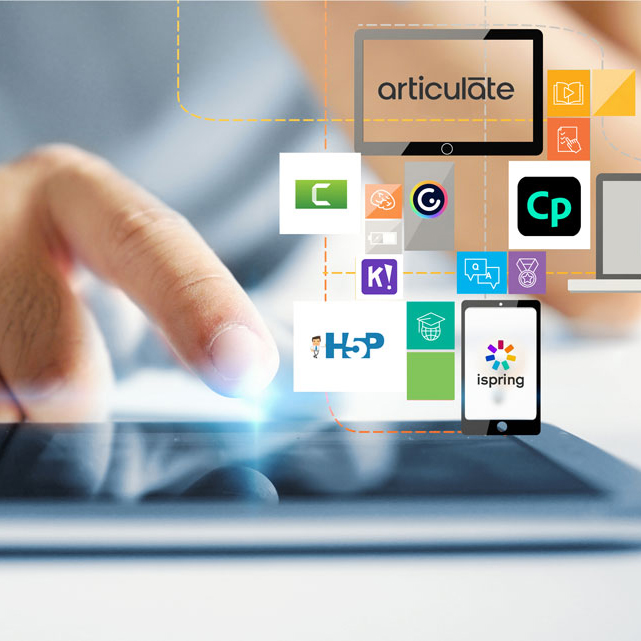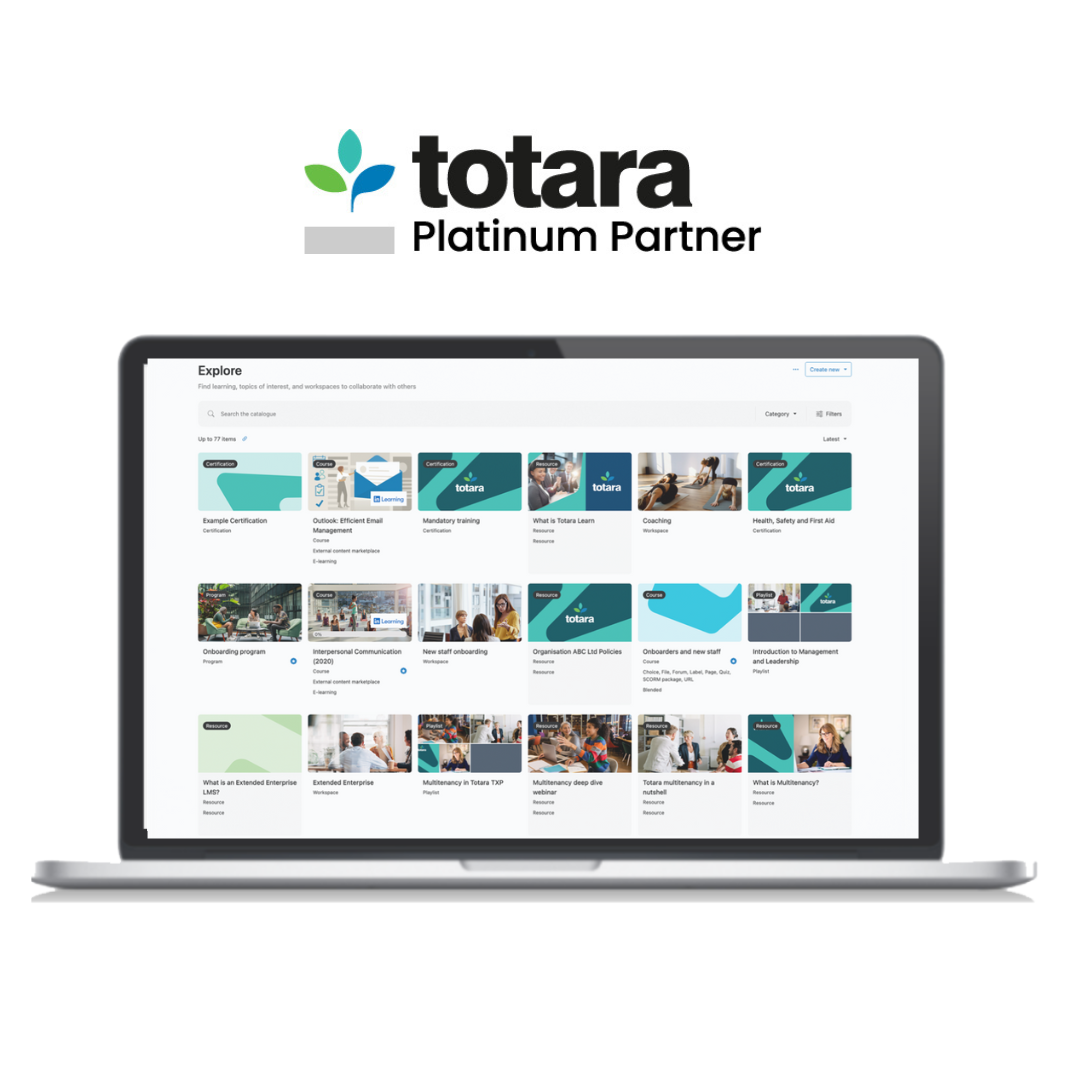Guest Author: Hassan Ud-deen, Content Writer at Totara Learn.
Collaborative learning is an approach to education that encourages employees to learn and work together. Occurring through multiple mediums and channels, it often describes a group of employees working together to solve problems, complete tasks or understand new concepts. This makes learning more engaging and effective because employees synthesize, process and communicate new information with colleagues – they listen to alternate viewpoints, articulate their ideas and teach each other. Examples of collaborative learning include:
Workspaces:
Workspaces are digital spaces for focused group discussions between employees. In Totara’s new learning experience platform (LXP), Totara Engage, they act as a central space for consistent collaboration that allows social and informal learning to shine. Organise by project, department or topic, Totara Engage’s workspaces make discussions, resource sharing and group learning innate parts of your learning management system (LMS).
Forums:
Like workspaces, forums allow for focused group discussions between colleagues. Unlike workspaces, however, forum interactions are slower paced with a greater focus on technical topics, information and discussions that are permanently available for future reference.
Shared resources and information playlists:
The days of loading a new starter with a pile of books or courses are over. With the rapid pace of changes in the modern world, learning occurs through on-the-job experience, interaction with colleagues and self-directed learning efforts. It’s a continuous process. Hence curated resources and information from expert peers play an even bigger role in the modern organisation. With Totara Engage, your employees can access playlists curated by experts (which include resources like e-learning modules, videos, PDFs, articles, ebooks and more) at any time. This enables employees to overcome challenging problems without bombarding subject matter experts with requests.
Why is collaborative learning effective?
- It increases retention and employee engagement Learning happens deep in the flow of work, and experience is accrued from completed tasks and interactions that are spread and repeated over multiple days, weeks or months. This means if an employee was to tackle a complex subject alone, he would experience higher stress and cognitive load. With collaborative learning, you curtail such negative effects. Research shows that group learning reduces cognitive load while increasing engagement and retention of knowledge.
- It uncovers complementary skills and knowledge. Employees across (and within) different departments often have a range of uncovered skills, experiences and passions. Adam from your product design team might be a great copywriter who can help marketing with their new product launch. Dana, a new marketing hire and ex- graphic designer, might be an ideal candidate to help product design create new concepts. The problem is, this tactic expertise goes unnoticed as there is no platform or interaction to uncover it, especially among introverted or less visible employees. Collaborative learning surfaces this untapped talent within your organisation. Employees openly interact, share and engage with one another to sharpen existing knowledge and learn new skills. This fills knowledge gaps and reduces the need for formal training while continually upskilling your workforce
- It builds trust and relationships between employees competition between employees is great for increasing motivation. Incentivise it with rewards that your employees care about, and you’ll enjoy a gamified reward system that encourages employees to perform at their best. But uber-competitive environments mean employees exploit each other’s weaknesses and withhold information to get ahead. By promoting interaction, knowledge sharing and teamwork, collaborative learning nurtures a connected culture where employees trust each other. This is critical in all organisations, but doubly important if you have a dispersed or remote workforce, in which fostering deep connections can be difficult.
Collaborative learning is built into the flow of work
The 70:20:10 model of learning states that:
- 70 per cent of learning happens through experience
- 20 per cent of learning comes from peers and mentors
- And only 10 per cent occurs through formalised training
This explains why collaborative learning increases employee engagement; it respects the real-world learning process. With collaborative workspaces, content curation tools, surveys and Microsoft Teams integration, Totara’s modern learning experience platform (LXP), Totara Engage, empowers real-world learning to create a connected, high-performance workforce.
Ready to get started?
Great! Contact us today or Book a Demo.





.png)



